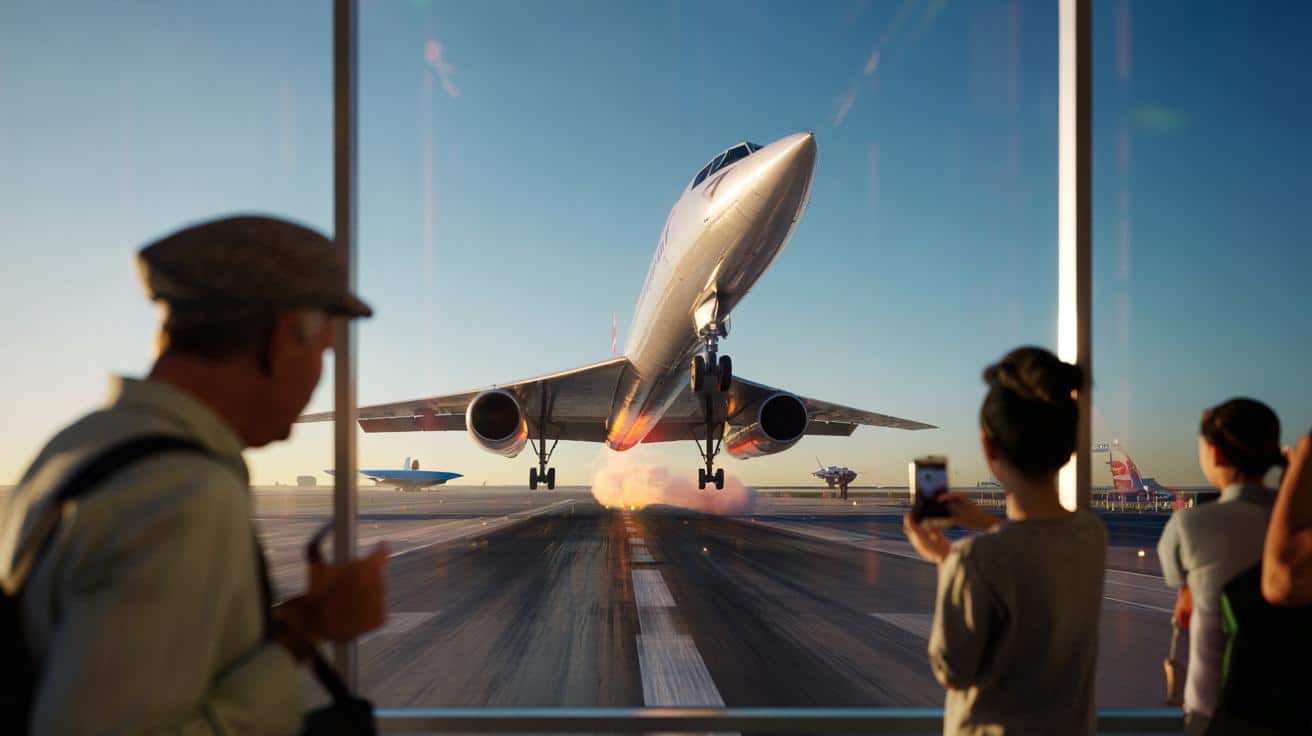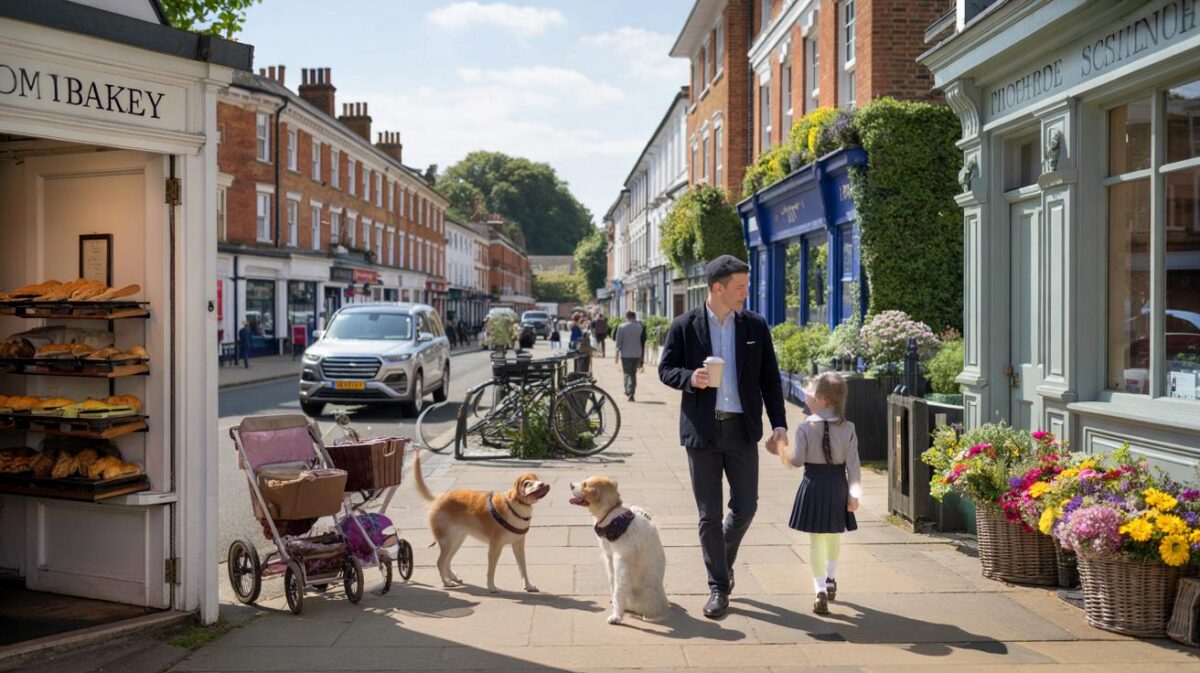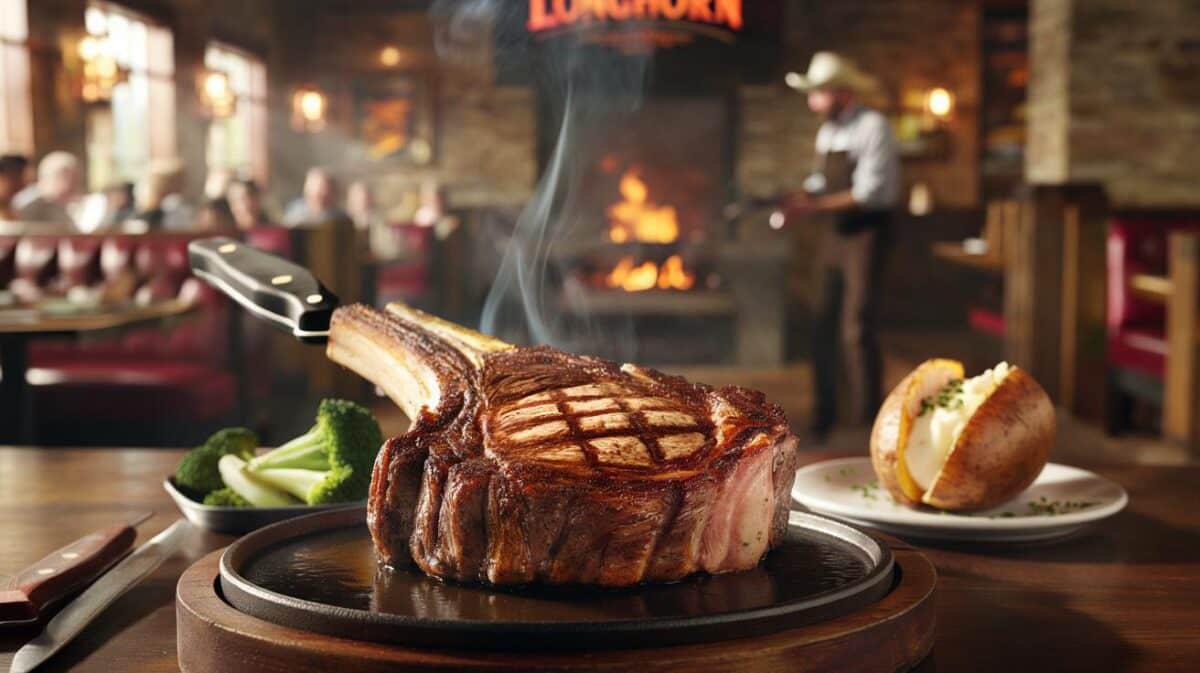Rumours keep flaring that a sleek white needle could slice back into British skies “within months”, slashing five hours off the dash from the UK to America. The idea lands like a sonic boom on social feeds and group chats. It sounds thrilling. It also raises hard questions about what’s real, what’s wishful, and what a return to supersonic would actually mean for travellers.
A man in a tweed cap stared at the runway as if listening for something he hadn’t heard in twenty years. Nearby, a teenager scrolled a clip of a slender, delta-winged jet and mouthed, “Imagine three hours to New York.” I could almost hear the ghost of a sonic boom.
Then a whisper moved down the row of seats: “Concorde back in months.” Eyes lit up. A woman tapped her boarding pass like a drum. We’ve all had that moment when a bold headline promises a shortcut through time.
What if it’s true? Or just noise?
Is Concorde really about to return?
Let’s put the claim on the runway. The buzz says a Concorde-style service could restart soon, chopping five hours off UK–US journeys. That would turn a long-haul trudge into a coffee-length hop. It’s a heady cocktail of nostalgia and impatience.
The reality: no airline has announced certified, ticketed supersonic passenger flights “in months”. Boom’s Overture is still in development. NASA’s X-59 is a research craft, not a cabin-with-meals airliner. **There is no approved commercial supersonic jet entering passenger service this season.** The dream hasn’t died. It’s just not ready to board.
Here’s what we’re measuring it against. The last passenger Concorde touched down in 2003, drawing lines of tears at Heathrow and JFK. On a good day, London–New York took about three and a half hours gate-to-gate. A modern subsonic flight often lists seven to eight hours westbound. Cutting “five hours” feels like a headline pulled straight from the 1990s timetable.
Search interest for “Concorde return” spikes with almost seasonal rhythm. An old hangar photo surfaces, or a test aircraft posts a video, and the rumour mill roars. One retired captain once called this “the supersonic spring”. People don’t just want speed. They want that feeling of stepping off the jetbridge slightly before they left.
Why the brakes are still on comes down to physics, rules, and money. Supersonic over land still faces strict noise limits. Certification for a brand-new class of passenger jet is painstaking, more marathon than sprint. Airports would need ground handling, fire cover, crew training, and maintenance lines scaled to a rare airframe.
Fuel burn per seat matters in a world counting carbon. Any return must mesh with sustainable aviation fuels, climate targets, and real economics. **If supersonic returns, it will do so carefully, with limited routes, premium fares, and a slow build-out.** Headlines love “months”; engineering speaks in years.
How to read the hype — and get ready if speed returns
Start with sources. Look for regulator filings, manufacturer test milestones, and airline schedule tools. When a real service appears, you’ll see slots, not just sizzle. Sign up for alerts from UK CAA, FAA, and from the actual builders. That’s where the first solid breadcrumbs drop.
Set pragmatic signals on your phone. Create a fare alert labelled “Supersonic LHR–JFK” in your usual app, even if it pings nothing for a year. Track prototype test windows and note where those flights actually take off and land. “Test flight” is not “public ticket”. **Real news shows up in GDS inventory and airport ops, not only on TikTok.**
Plan the traveller side now, so you’re not scrambling later. Have a passport with healthy runway left. Think through what you’d do with a three-hour transatlantic: meetings, sleep, or a same-day return. Let’s be honest: nobody does that every day.
“Speed is a tool, not a trophy. Use it to buy back time you care about,” said an aviation old hand I met at a fence near Hatton Cross.
- Pick arrival windows that dodge peak immigration queues.
- Pack light to suit a fast turn-at-destination mindset.
- Map ground transfer times; a quicker flight can still meet a slow taxi line.
- Budget for premium pricing; early seats won’t be cheap.
- Watch noise‑abatement schedules; they could shape departure slots.
A faster Atlantic, the ripple effects
Imagine the map shrinking again. City pairs become day trips. A West End producer flies to Broadway for a lunch table read and is home for bedtime stories. Business pivots to the idea of “hyper-commutes,” while families eye long weekends that punch like a full holiday.
The debate won’t be just romance. Carbon math will be loud. Expect policies tying supersonic to high blends of sustainable fuels, or caps on city‑pair frequency. Communities under flight paths will want a say, particularly if new corridors are drawn. *The sound of speed has to coexist with the sound of everyday life.*
And yet, the cultural tug is hard to deny. A generation raised on clips of a white dart sliding up to the sky might finally see a new silhouette take its place. If the future lands, it will ask us a very old question: what is time worth?
| Point clé | Détail | Intérêt pour le lecteur |
|---|---|---|
| — | Timeline vs rumour | Separates real milestones from viral claims |
| — | What five hours saved means | Turns abstract hype into practical planning |
| — | How to prep smartly | Gives concrete steps you can take today |
FAQ :
- Is Concorde really returning in months?No confirmed airline or regulator has set passenger service “in months”. The buzz blends nostalgia with progress on new test jets, but tickets aren’t on sale.
- How much time could a supersonic flight save to New York?Historic Concorde trips did London–New York in about 3.5 hours. That’s roughly four to five hours faster than many subsonic schedules.
- Who is building the next supersonic airliners?Several teams are in the race, including Boom’s Overture programme and the NASA X‑59 research effort. These are steps toward quieter, viable supersonic, not ready-for-passenger fleets yet.
- What will tickets cost if service launches?Expect premium fares at first, likely above business class on subsonic routes. Pricing should evolve as fleets grow and operations stabilise.
- What about noise and the environment?Any return must meet strict noise and emissions standards. Watch for sustainable fuel mandates, limited overland supersonic segments, and carefully chosen routes.









I’ll believe it when I see LHR–JFK supersonic in the GDS with a flight number and a fare bucket. Until then: rumour fuel.
Three hours to New York? Take my money! 😀 Just make sure it runs on high SAF blends and doesn’t wake half of Surrey at takeoff 🙂